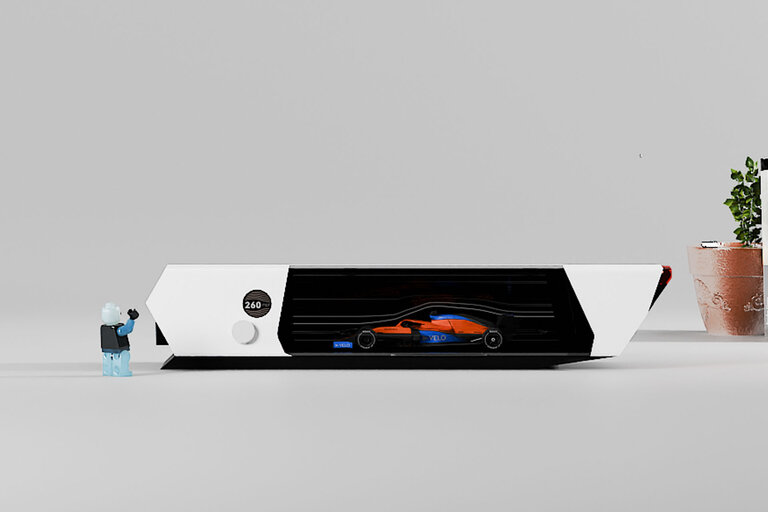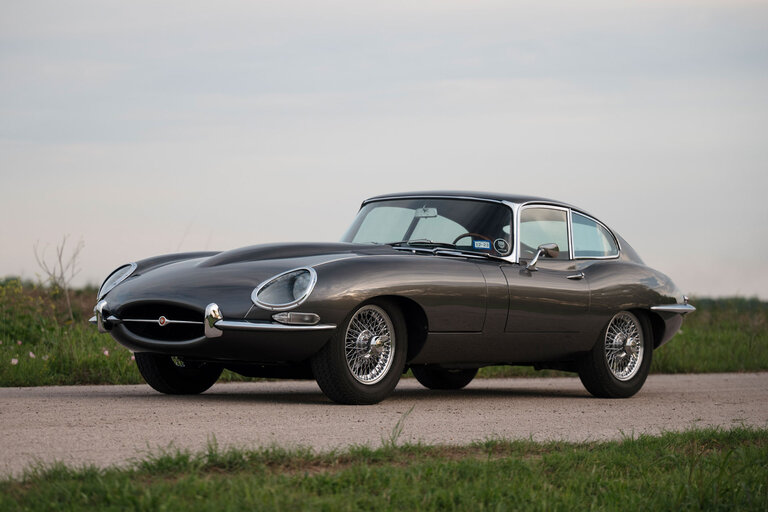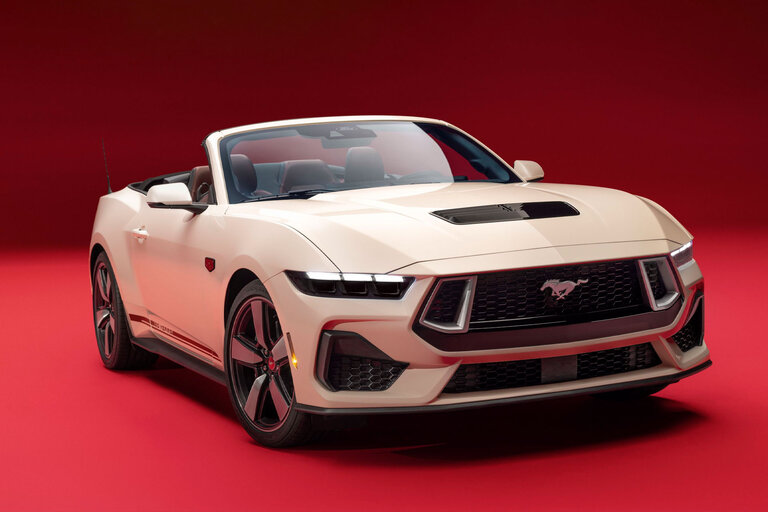
Figuring precisely how long it takes to charge an electric car is akin to asking, “How long does it take to cross the country?” It depends on whether you’re on a plane or on foot. Recharge time is dependent on a host of variables, many of them nuanced—even the length of the charging cable can influence it—that make providing a precise answer impossible. But we can give you some reliable guidelines.
Ignoring the more minute variables, the charging time of a vehicle comes down to a few primary factors: power source, the vehicle’s charger capacity, and battery size. Ambient conditions play a smaller part, with both cold- and hot-weather extremes adding to charge time.
Factors That Affect Charging Time
Charger Level
Let’s start with the power source. Not all electrical outlets are created equal. The common 120-volt, 15-amp receptacle in a kitchen is to a 240-volt outlet that powers an electric dryer as a squirt gun is to a garden hose. All electric vehicles can, theoretically, charge their large batteries off the standard kitchen outlet, but imagine trying to fill a 55-gallon barrel with a squirt gun. Recharging an EV battery with a 120-volt source—these are categorized as Level 1 according to SAE J1772, a standard that engineers use to design EVs—is measured in days, not hours.
If you own or plan to own an EV you’ll be wise to consider having a 240-volt Level 2 charging solution installed in your home. A typical Level 2 connection is 240 volts and 40 to 50 amps. While fewer amps is still considered Level 2, a 50-amp circuit will maximize most EV’s onboard chargers (more on those in a minute). Because, if you’re not maximizing the effectiveness of the vehicle’s onboard chargers, a lower-than-optimal power source is essentially a restrictor plate that lengthens the charge time.
For the absolute fastest charging possible, you’ll want to plug into a Level 3 connection, colloquially known as a DC fast charger. These are the EV equivalent of filling that barrel with a fire hose. A certifiably lethal current of DC power is pumped into the car’s battery, and miles of range are added in short order. Tesla’s V3 Superchargers pump out up to 250 kW and Electrify America’s automotive defibrillators fire out up to 350 kW of heart-stopping power. But like all charging, the flow is throttled back when the vehicle battery’s state-of-charge (SoC) is nearing full. And vehicles’ ability to accept DC charging varies widely. The Porsche Taycan, for example, can charge at up to 270 kW, while a Chevy Bolt EV can manage only 50 kW.
How Much Range Does a Fast-Charger Add in a Half-Hour?
Generally speaking, when an EV battery’s SoC is below 10 percent or above 80 percent, a DC fast charger’s charging rate slows considerably; this optimizes battery life and limits the risk of overcharging. This is why, for example, manufacturers often claim that fast-charging will get your EV’s battery to “80 percent charge in 30 minutes.” Some vehicles have a battery preconditioning procedure that ensures the battery is at optimum temperature for rapid charging while en route to a DC fast charger. So long as you utilize the in-car navigation system to get you there, that is.
Maximum Charging and Driving Range
That last 20 percent of charge may double the time you’re hooked up to the fast charger. The time-consuming affair of completely filling the battery via a DC charger makes these units best utilized on those days when you are traveling a long distance and need additional electricity to reach your destination. Charging at home overnight–sometimes called top-up charging–is a better solution for getting the juice you’ll need for daily, local driving.
Battery Size
As the hunt for range supremacy continues, the battery capacity of some EVs has ballooned to absurd levels. Others are targeting increased efficiency. This plays a massive role in charging time. Upsize our barrel to an 85-gallon unit. Even with a fire hose, it’ll still take longer to fill than the smaller 55-gallon barrel. While a GMC Hummer EV is built on an architecture capable of 350-kW intake, filling its 212.7-kWh battery compared to the 112.0-kWh pack found in a Lucid Air Grand Touring requires exponentially more time, even if the charging rate is similar. The Lucid can travel over 40 percent further on a charge while having 100 kWh fewer in its battery pack than the Hummer. Efficiency, indeed.
No doubt someday manufacturers will settle on a single metric for expressing charge times. But for now, know that filling up an EV’s battery still takes considerably longer than topping off a gas-powered car’s fuel tank no matter how or where you do it.
Charger Capacity
There is a common misconception that the thing you plug into an electric car is the “charger.” In fact, there’s a battery charger in the car that converts the AC electricity from the wall into DC electricity to charge the battery. Onboard chargers trickle power into the battery pack safely and have their own power ratings, typically in kilowatts. If a car has a 10.0-kW charger and a 100.0-kWh battery pack, it would, in theory, take 10 hours to charge a fully depleted battery.
To gauge the optimal charge time of a specific EV, you divide the battery capacity’s kWh number by the onboard charger’s power rating, then add 10 percent, because there are losses associated with charging. This is assuming the power source can maximize the vehicle’s charger.
Typical onboard chargers are at least 6.0 kilowatts, but some manufacturers offer nearly twice that, and the cream-of-the-crop have more than triple that figure. The current Tesla Model 3 Performance, for instance, has an 11.5-kW charger, which can take full advantage of a 240-volt, 60-amp circuit to recharge its 80.8-kWh battery, while the rear-wheel-drive Model 3 comes with a 7.6-kW charger. Doing the recharge-time math indicates that it will take nearly the same time to fill the two cars’ batteries, though the Performance model’s is roughly 30 percent larger. The beauty of a well-paired electricity source and onboard charger is that you can plug your EV in at home with a nearly depleted battery and have a fully charged steed waiting for you in the morning. You can also find approximate recharge times on some EV manufacturers’ websites.
This content is imported from OpenWeb. You may be able to find the same content in another format, or you may be able to find more information, at their web site.
#Long #Charge #Electric #Vehicle
Source link









